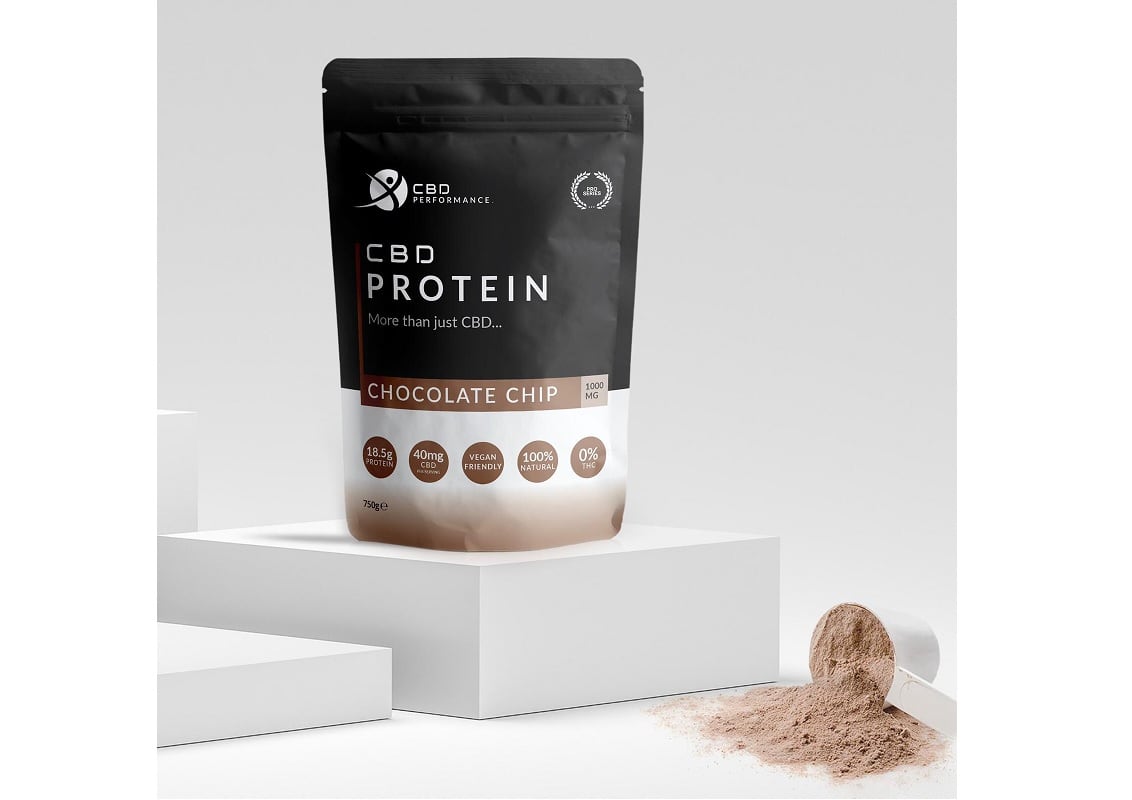Work carried out by the research team found regular chocolate consumption was associated with an 8%–12% lower risk of CAD among a group of veterans.
Further work deemed the food’s consumption to have no effect on cardiovascular disease risk in veterans with type 2 diabetes.
“The amount of chocolate consumption needed to confer a lower risk of CAD varies across studies,” the team discovered.
“We observed that any consistent chocolate intake among veterans was associated with a significantly lower risk of CAD, but a recent meta-analysis of 14 studies found that only chocolate consumption less than 100grams per week (g/week) was associated with a lower risk of CVD
“Higher amounts suggested increased risk of adverse health effects with higher sugar consumption.”
Researchers from the VA Boston Healthcare System began looking at data from participants enrolled on the Million Veteran Program.
These 188,447 enrolees, who were around 64 years of age and made up of 90% males, had completed a food frequency survey and were free of CAD at the time of survey completion.
No effect in diabetics
For regular chocolate (28.3 g/serving) consumption of less than one serving/month (mo), 1–3 servings/mo, 1 serving/week (wk), 2–4 servings/wk, and less than 5 servings/wk, incidences (per 1000 person-years) for fatal and nonfatal CAD events or coronary procedures were 20.2, 17.5, 16.7, 17.1, and 16.9, respectively, during a mean follow-up of 3.2 years.
In a secondary investigation of 47,265 diabetics, the team did not observe a decreasing trend in CAD mortality among those who consumed less than one serving of chocolate a month compared with those who consumed less than one serving/month.
In discussing the results’ significance, the team, which also included scientists from the Atlanta VA Medical Center, noted the lower CAD risk seen in the EPIC-Norfolk study was similar to the team’s observations in subjects consuming any consistent amount of chocolate compared with those who consumed less than 28.3 g/mo.
In addition, our results support those observed in the National Heart, Lung, and Blood Institute (NHLBI) Family Heart Study where there was an inverse relation between chocolate intake and prevalence of CAD for chocolate consumption of 0, 1–4, and ≥5 oz/weekk (equivalent to 0, 28.3–113.4, and ≥141.7 g/d, respectively).
“The NHLBI study did not observe a lower CAD prevalence among those reporting chocolate consumption of 1–3 oz/mo (equivalent to 28.3–85.0 g/mo),” the team noted, “whereas our study found an 8% lower CAD risk among veterans consuming 28.3 g/mo.”
Varied study results
Regarding fatal and nonfatal CAD events, the team found approximately 10% lower risk of CAD among their predominantly male population, whereas the Zutphen Elderly Study found a 50% lower risk of CVD death when comparing over 2.25 g cocoa/day with less than 0.5g cocoa/day.
The team pointed out the Zutphen study focused mostly on healthy participants that were free of CVD, diabetes mellitus, or cancer at baseline.
They suggested the high prevalence of long-term comorbidities among veterans could have contributed to a lower effect size in their study due to a higher CAD rate among subjects not consuming any chocolate.
“A dose-response meta-analysis observed a small inverse association between a 10g daily increase in chocolate consumption and risk of CAD,” the team said.
“The discrepancy in the minimum and maximum amounts of chocolate needed to observe an association with health effect might be clarified with future studies that focus on cocoa content and flavonoid amounts in the types of chocolate consumed because these compounds can vary widely across different chocolates.”
Source: The American Journal of Clinical Nutrition
Published online: doi.org/10.1093/ajcn/nqaa427
“Chocolate consumption and risk of coronary artery disease: The Million Veteran Program.”
Authors: Yuk-Lam Ho et al.



